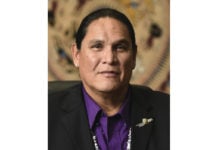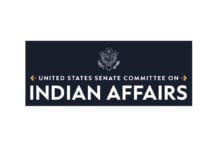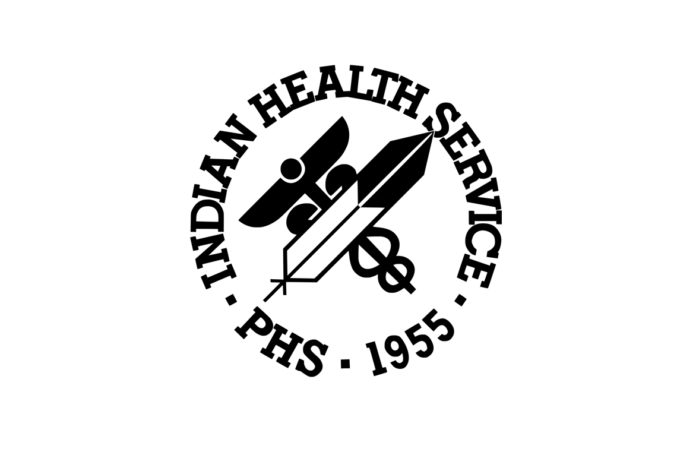WASHINGTON, D.C. – The U. S. Department of Health and Human Services (HHS), through the Indian Health Service (IHS), is investing $139 million in funding for the fiscal year 2023 Special Diabetes Program for Indians (SDPI) to provide diabetes prevention and treatment services for American Indian and Alaska Native communities.
Funding awards have been made to 302 tribal, urban, and IHS sites in 35 states under the new, five-year grant cycle that began on Jan. 1, 2023. Eleven organizations and tribes are being funded for the first time.
“HHS is committed to eliminating health disparities in communities across the country,” said HHS Secretary Xavier Becerra. “American Indian and Alaska Native communities have historically had disproportionately higher rates of diabetes than other populations. Through education and outreach programs like the Special Diabetes Program for Indians, we are successfully implementing evidence-based and community-driven strategies to prevent and treat diabetes in tribal and urban Indian communities.”
Federal data show that the rate of diabetes-related kidney failure decreased by half after implementing population-based diabetes treatment and prevention services like SDPI. The prevalence of diabetic eye disease (retinopathy) has also fallen in American Indian and Alaska Native adults by more than 50 percent compared to reports from the 1980’s and 1990’s. This is a substantial reduction in the risk of vision problems and blindness in American Indian and Alaska Native adults with diabetes. Although it is not possible to determine specific reasons for these decreases, the diabetes prevention services provided by IHS, tribal and urban Indian health facilities very likely contributed.
“IHS is committed to continuing its support for diabetes prevention and treatment for IHS, tribal, and urban Indian health programs,” said IHS Director Roselyn Tso. “Since its inception in 1997, the Special Diabetes Program for Indians has helped to dramatically increase access to important diabetes prevention and treatment services throughout Indian Country.”
The Special Diabetes Program for Indians has successfully implemented evidence-based and community-driven strategies to prevent and treat diabetes within American Indian and Alaska Native communities. Using guidance from tribal leaders, the SDPI has also engendered a national diabetes network for American Indians and Alaska Natives. This work supports the Biden-Harris administration’s goal to end hunger and reduce diet-related diseases by 2030 – all while reducing disparities – and its corresponding National Strategy on Hunger, Nutrition, and Health. And for any American Indians and Alaska Natives with Medicare prescription drug coverage who receive health care services outside of the Indian health system, the Biden-Harris administration is delivering on increased access to health care and lower costs. Through the Inflation Reduction Act, a month’s supply of each covered insulin is capped at $35.
The 11 organizations and tribes that are being funded for the first time:
Alaska – Native Village of Eyak, IIanka Community Health Center, Cordova
Arizona – Native American Connections, Phoenix
Montana – Little Shell Tribe of Chippewa Indians of Montana, Great Falls; Native American Development Corporation, Billings
New York – Lockport Service Unit, Lockport; Manlius Service Unit, Manlius; Shinnecock Service Unit, South Hampton
Virginia – Chickahominy Indian Tribe, Providence Forge; Mid-Atlantic/Richmond Service Unit, Richmond; Monacan Indian Nation, Madison Heights; Upper Mattaponi Indian Tribe, King William
The IHS Division of Diabetes Treatment and Prevention provides programmatic leadership of the SDPI program, as well as extensive training and resources, which are widely used by special diabetes program sites and clinicians across the country.














































